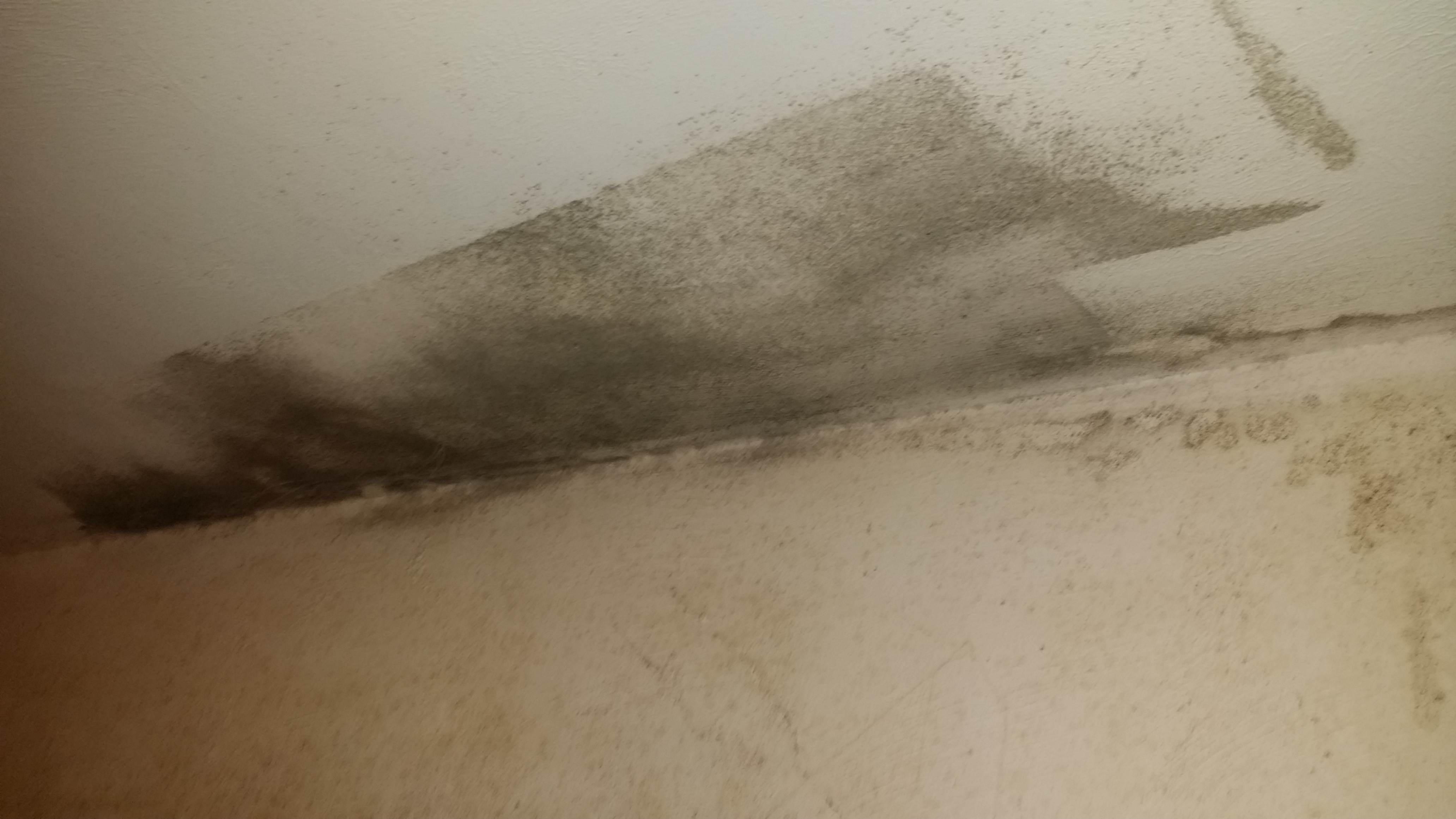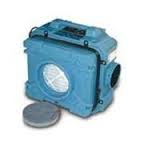Mold Removal South Sarasota FL : Steps On How to Prevent Mold From Hurricane Irma.
#1– Remove Contaminated Materials
Aside from stopping the source of the moisture, it’s important to promptly remove wet furnishings and porous materials from the flooded area to enable a thorough damage-assessment, and drying and restoring contents that have not been compromised.
Some of it – such as wet/moldy carpet, cardboard boxes, drywall, upholstery and fabrics – will need to be discarded.
Vacuum using HEPA-wet-dry vacuums to remove moisture, mold and soils without spreading allergenic or unhealthy mold and dust particles around your ho.me. It is preferable to use a HEPA vacuum, but a simple wet/dry vacuum can work if air is exhausted to the outside. You must keeps spores and other fine particles from floating in the air and settling back on clean surfaces."
In the case of minor “clean” flooding, say from a small leaky indoor water pipe, homeowners can remove smaller wet items themselves, but should wear goggles, gloves, long sleeves and the proper respirator to avoid exposure to mold spores that may already be present in the building.
Clean mold and wipe smooth surfaces. Use gloves, eye and skin protection and lots of ventilation. If you are sensitive to mold or chemicals, have someone else do it.
If the flooding is excessive and dirty from a rising river/bay or sewer backup – expert help is needed to protect health and property.
#2 – Dry It Out Immediately
Mold spores are in the environment everywhere, but need moisture to “germinate” – so drying affected areas is Step #2. Since mold can grow within 24 to 48 hours, immediate action is essential.
Aside from obviously wet areas, an expert in mold inspection in South Sarasota use special meters can check for and locate moisture – even finding hidden wet/moldy places, such as inside wall cavities – and implement techniques to enable a thorough drying-out process. They may also use filters or “air-scrubbing” equipment with HEPA filters. See also Step #3.
#3 – Get Fresh Air In And Ventilate
The flooded, moisture laden area will need fresh air and ventilation to dry it out, but take care not to spread mold spores around your home by improper “ventilation”. Consult with a certified or licensed firm about setting up “containment”– which means keeping doors closed, putting up poly sheeting, exhausting air to the outdoors or filtering the air back to the indoors if that is not possible, and other methods to enable the drying and ventilation process without exposing loved ones to contaminated air from the flooded area.
Consult with a certified or licensed firm about setting up “containment”– which means keeping doors closed, putting up poly sheeting, exhausting air to the outdoors or filtering the air back to the indoors if that is not possible, and other methods to enable the drying and ventilation process without exposing loved ones to contaminated air from the flooded area.
#4 – Keep The Moisture Out!!!
The cardinal rule for preventing mold growth is – Keep it Dry. Strive to ensure your home’s insides are staying dry. It’s also a way to protect the investment of your home, since excess mold growth and moisture will damage the structure, in addition to being unhealthful.
Try to keep indoor humidity below 50% using A/C or a dehumidifier. Have carpets cleaned by professionals that use equipment to clean and properly dry your carpet.
https://www.youtube.com/watch?v=wqzfrKsWok0
If you are in need of an Mold Removal estimate or a Mold Test to see if you have a problem or to check the air quality after a recent mold removal project, CONTACT US TODAY http://www.tampabaymold.net or CALL 813-4358-4766.
